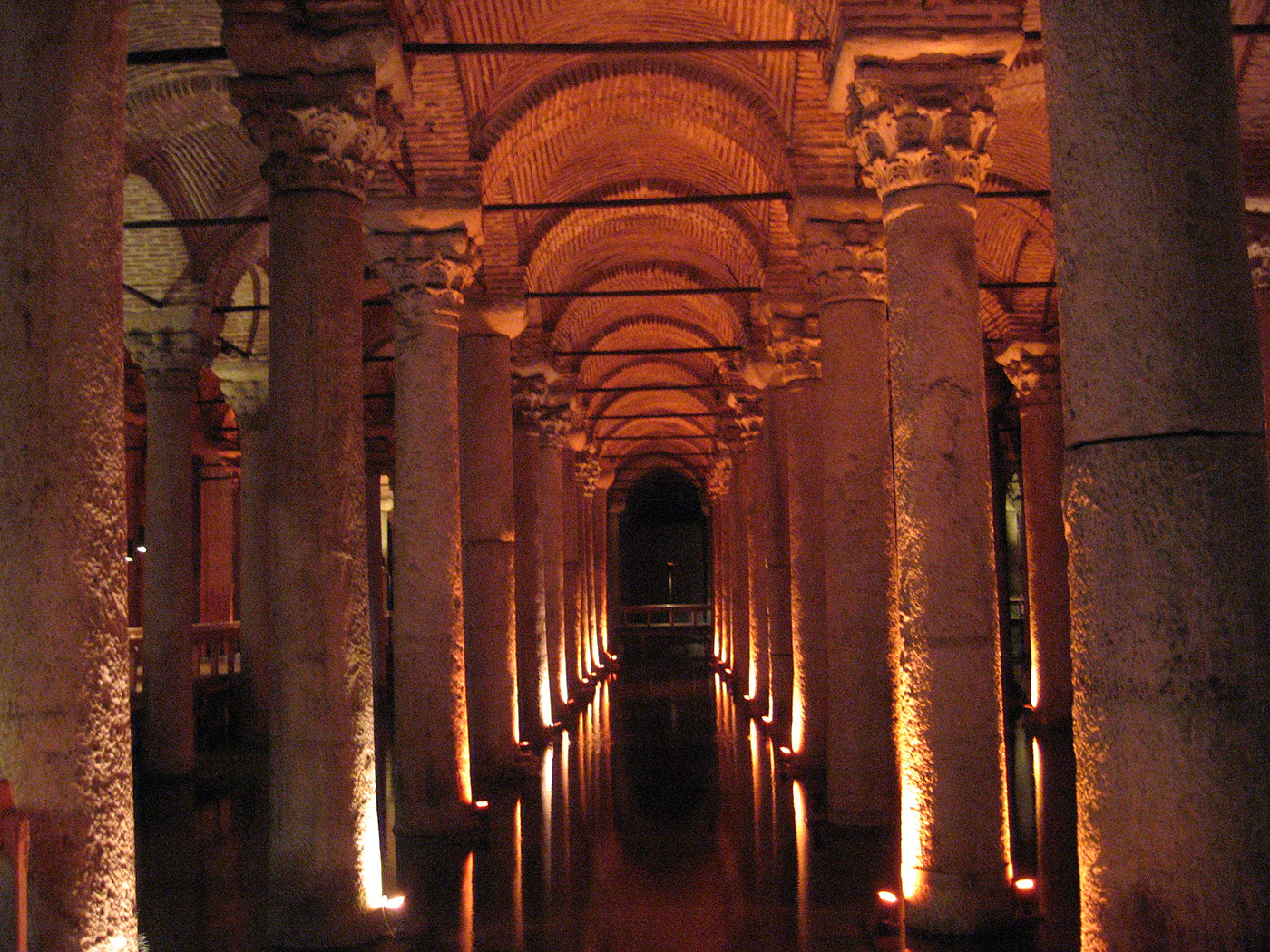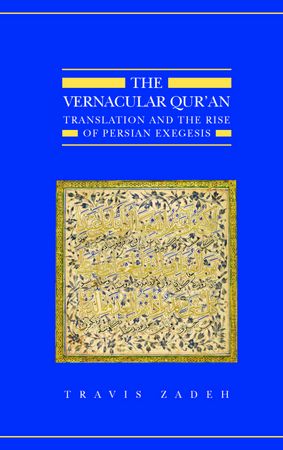Rethinking Late Antiquity—A Review of Garth Fowden, Before and After Muḥammad: The First Millennium Refocused
By Michael Pregill
Beginning in the 1970s, the work of Peter Brown revolutionized the way scholars approach the “fall of Rome,” the decline of Roman and Sasanian power in the Middle East, and the rise of Islam in Late Antiquity. In his classic The World of Late Antiquity, AD 150-750 and other works, Brown argued that the emergence of Islam and the establishment of the caliphal empire was not a radical disruption of the course of history, but rather represented the continuity of older cultural, political, social, and religious patterns. Despite the wide influence of Brown’s work and the general recognition of Islam’s importance in the overall trajectory of Mediterranean and even European history, substantial obstacles to a full integration of ancient, early Christian, Jewish, and Islamic phenomena into a general history of the civilization of Western Asia remain.
Although an outdated, isolationist approach to Late Antiquity primarily focusing on late Roman culture and society still dominates some quarters of the academy, many scholars have worked towards a more integrated and comparative approach to the period. The shifts have been gradual and partial. Today there are numerous scholars of rabbinics who explore the wider context of the Babylonian Talmud in Sasanian society; there has lately been a resurgence of interest in the history of the Red Sea region, including Ethiopia and the Yemen, in the centuries leading up to the rise of Islam; and over the last ten years or so, we have seen significant interest in the literary and religious parallels to the Qur’an found in Syriac Christian literature in particular. (Many of the scholars who have been responsible for the last development have generously assisted in the foundation and growth of IQSA, so this is really nothing new to readers of this blog, though developments in late ancient or Jewish historiography may be less familiar.)
All of these developments point to a recognition that the various cultures and literatures of Late Antiquity cannot be viewed in isolation, but rather must be approached in the wider context of the dynamic exchanges between various communities in the period, the imperial competition between the Romans and the Sasanians, and the spread and consolidation of the monotheistic or “Abrahamic” traditions.
Among the scholars who sought to adopt, refine, and develop Brown’s approach to the period, it was Garth Fowden—currently Sultan Qaboos Professor of Abrahamic Faiths at Cambridge—who produced what was perhaps the most important work in this area in the 1990s: From Empire to Commonwealth: Consequences of Monotheism in Late Antiquity. When I was a graduate student, Fowden’s work impacted me profoundly. The book is ambitious in scope, wildly imaginative, willing to explore the period in terrifyingly broad terms, but in pursuit of a single cogent thesis: that the entire history of the Middle East and eastern Mediterranean from the second through the ninth century CE can be understood in terms of a sequence of imperial projects aiming to establish God’s rule on earth. That is, the unifying theme of the era, one that distinguishes it from the civilization of the ancient world and sets the stage for the medieval cultures of Byzantium, Western Christendom, and the Dār al-Islām, is the use of monotheism as the primary justification for statebuilding, for literally global dominion (as far as that was possible in the pre-modern world). In Fowden’s work, the use of religion to justify imperial authority becomes the thread that links Christian Rome, Sasanian Iran, and the caliphates and that allows us to see the significant continuities between them with clarity.
(Perhaps not coincidentally, the only other books I read during my Ph.D. training that exerted a similarly enduring influence on my imagination were Wansbrough’s The Sectarian Milieu (1978)—no doubt familiar to every reader of this blog—and Bulliet’s The Case for Islamo-Christian Civilization (2004), which, like Fowden’s Empire to Commonwealth, is another eloquent call for historical thinking on the global scale, for transcending the narrow and artificial boundaries between the culture of “the West” and Islam.)
After a number of years dedicated to other projects, including a fascinating study on the iconography of the late Umayyad palace of Quṣayr ʿAmra, Fowden has now returned to history on the grand scale with Before and After Muḥammad: The First Millennium Refocused. Stunningly, this work is even more ambitious in scope than Empire to Commonwealth. Here Fowden once again seeks to explore the overarching continuities between Christian Rome, Sasanian Iran, and Islam but with even more attention paid to the intertwining discourses that link Greco-Roman, Syrian Christian, Jewish, Arab, Iranian, and European cultures over the course of a thousand years, centering on what he now calls the “Eurasian hinge” of southwest Asia linking the civilizations of the region. Fowden anchors his work in a rigorous interrogation of older conceptions of Late Antiquity, criticizing older scholars’ poor integration of Islam into the period, as well as the common approach of only including the Umayyad caliphate as a late antique empire. This serves to truncate the early medieval period from older trajectories of development that arguably only reached their full fruition around the year 1000. It also artificially severs the Abbasids and Iranian Islam from the prevailing cultural patterns of the Arab-Islamic world, though they are equally rooted in the legacies of biblical monotheism and Hellenism.
Fowden also locates his work in the context of contemporary debates over the relationship between Islam and the West, stating quite bluntly that “My purpose here is not to join this debate directly, but to overhaul its foundations” (2). His approach in Before and After Muḥammad builds on his earlier work, in that the cultures of the Islamic Middle East and Christian Europe are seen as halves of a larger whole. (Here I was a bit disappointed that Fowden does not engage with Bulliet’s aforementioned work The Case for Islamo-Christian Civilization, which eloquently argues for an approach to Islam and the West as two halves or wings of a unified civilizational complex that only decisively split in the later medieval period. This is a perspective that is obviously quite compatible with and complementary to Fowden’s.)
Periodization, methods, and labels occupy much of Fowden’s attention here, and he spends significant time critiquing other contemporary attempts to advance beyond traditional frameworks and paradigms (82-91), adopting the new periodization of a unified “First Millennium” as his preferred heuristic lens on the period. This approach has the distinct benefit of locating Augustus at one end of the period and the emergence of the mature scriptural communities of Europe and Western Asia at the other, without privileging Europe over the Islamic world as the “true” heir to Greco-Roman antiquity or reifying anachronistic communalist boundaries between “pagans,” Jews, Christians, and Muslims.
Several aspects of Fowden’s approach here depart from that of From Empire to Commonwealth. There is a particular emphasis here on various textual lineages as the foundation of cross-cultural continuity. Thus, he sees the transmission of specific canons of material as one of the primary drivers of cultural development, each moving through an initial phase of revelation to subsequent phases marked by canonization and then interpretation, with the resultant exegetical cultures dominating the cultural landscape from western Europe to eastern Iran by the year 1000. As a student of comparative exegesis (in my case, midrash and tafsir) I found the emphasis on the exegetical here particularly fascinating, though notably, Fowden is not concerned solely with scriptural canons (Tanakh, Bible, and Qur’an) but also philosophical and legal canons, placing particular emphasis on Aristotelianism as a major current of cultural continuity in the First Millennium.
Fowden’s two chapters on “Exegetical Cultures” are thus exhilarating and dizzying—charting Aristotelianism’s movement from Greek to Syriac to Arabic educational institutions, the evolution of law from the Justinianic Code to the Babylonian Talmud to the emergence of Islamic fiqh, and touching on patristic, Karaite, and Muʿtazilite scriptural exegesis for good measure. The final chapter is likewise a tour de force, surveying the culmination of the First Millennium by showing us “Viewpoints Around 1000: Ṭūs, Baṣra, Baghdād, Pisa.” The cities visited in this grand perspective symbolize, respectively, the resurgence of Iranian national consciousness with the Shāh-Nāmeh of Firdowsī; the maturation of gnostic-philosophical-spiritual currents in early medieval Islam with the Ikhwān al-Ṣafāʾ; the emergence not just of the mature Sunni and Shii traditions but of sophisticated and distinctively Islamic modes of apprehending and engaging different faiths; and the reemergence of Europe as a meaningful center of cultural production.
Astonishingly, this work is not the culmination of Fowden’s work in rethinking Late Antiquity. Rather, he advertises this book as a prolegomenon to a new, more comprehensive project on the First Millennium. It is also the companion piece to a forthcoming work charting the evolution of philosophy from Aristotle to Avicenna. Specialists will inevitably find much to quibble with here, especially given Fowden’s propensity to working in broad swathes rather than drilling down to wrestle with thorny details. Moreover, one can imagine assigning this only to the most intrepid undergraduates, despite the major pedagogical implications of Fowden’s reflections on periodization in particular. But overall, this is synthetic historiographic work of great sophistication and lasting value, and Before and After Muḥammad deserves to provoke discussion throughout many scholarly quarters.
© International Qur’anic Studies Association, 2014. All rights reserved



